An availability set combines two concepts from the Windows Azure PaaS world - upgrade domains and fault domains - that help to make a service more robust. When several VMs are deployed into an availability set the Windows Azure fabric controller will distribute them among several upgrade domains and fault domains.
A fault domain represents a grouping of VMs which have a single point of failure - a convenient (although not precisely accurate) way to think about it is a rack with a single top or rack router. By deploying the VMs into different fault domains the fabric controller ensures that a single failure will not take the entire service offline.
The fabric controller uses upgrade domains to control the manner in which host OS upgrades (i.e., of the underlying physical server) are performed. The fabric controller performs these upgrades one upgrade domain at a time, only moving onto the next upgrade domain when the upgrade of the preceding upgrade domain has completed. Doing this ensures that the service remains available, although with reduced capacity, during a host OS upgrade. These upgrades appear to happen every month or two, and services in which all VMs are deployed into availability sets receive no warning since they are supposedly resilient towards the upgrade. Microsoft does provide warning about upgrades to subscriptions containing VMs deployed outside availability sets.
Furthermore, there is no SLA for services which have VMs deployed outside availability sets.
As regards SQL Server, you may want to look into the use of SQL Server Availability Groups which sit on top of Windows Server Failover Cluster and use synchronous replication of the data. For IIS, you may want to look at the possibility of deploying your application into a PaaS cloud service since that provides significant advantages over deploying it into an IaaS cloud service. You can create a service topology integrating PaaS and IaaS cloud services through the use of a VNET.
